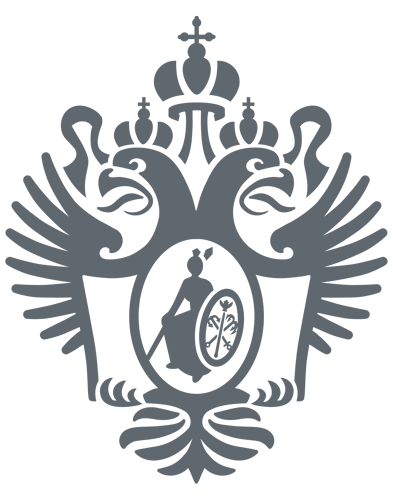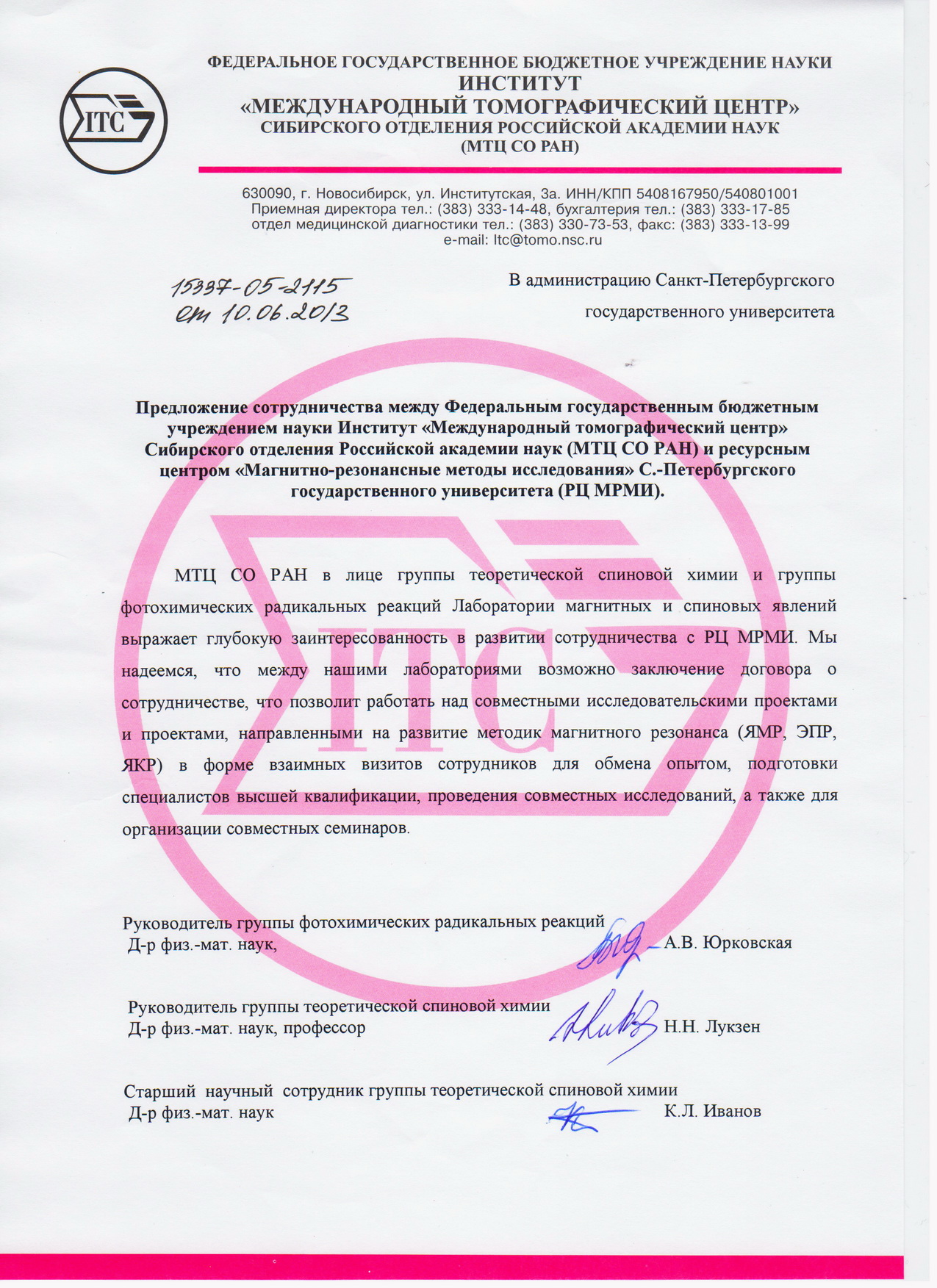Andrey Gurinov has completed the training in the Technical University of Darmstadt, Germany, and received a certificate.
Mikhail A. Kinzhalov, Vadim P. Boyarskiy, Konstantin V. Luzyanin, Fedor M. Dolgushin, Vadim Yu. Kukushkin
«Metal-mediated coupling of a coordinated isocyanide and indazoles»
Dalton Trans. 2013, accepted.
The reaction between equimolar amounts of cis-[PdCl2(CNCy)2] (1) and indazole (HInd, 2) or 5-methylindazole (HIndMe, 3) proceeds in refluxing CHCl3for ca. 6 h accomplishing the aminocarbene species cis-[PdCl2{C(Ind)=N(H)Cy}(CNCy)] (4) or cis-[PdCl2{C(IndMe)=N(H)Cy}(CNCy)] (5) in good (72–83%) isolated yields. Complexes 4 and 5 were characterized by elemental analyses (C, H, N), HR ESI+-MS, IR, 1D (1H, 13C{1H}) and 2D (1H,1H-COSY, 1H,13C-HMQC/1H,13C-HSQC, 1H,13C-HMBC) NMR spectroscopies, and complex 4 as well by X-ray diffraction. The observed coupling represents the first example of metal-mediated integration between any isocyanide and any aromatic heterocyclic system having an HN center.
P.M. Tolstoy took part in a Regional Interdisciplinary Conference – Humboldt Kolleg «Magnetic resonance as a tool for interdisciplinary research», held 3-6. June 2013 in Novosibirsk, Russia. The result of the trip was the decision to expand the cooperation between the Center and an International Tomography Center.




